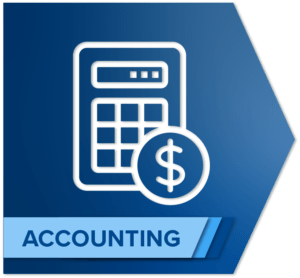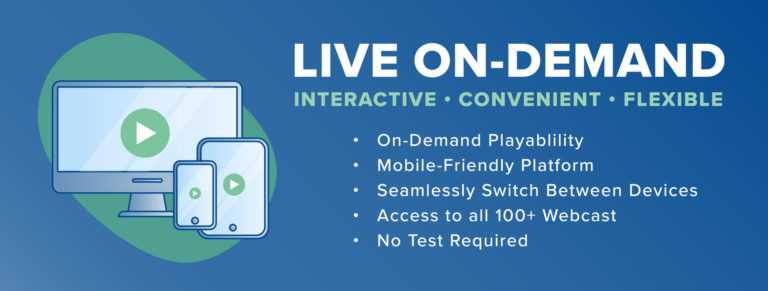
Article at a Glance:
- FASB released a new Accounting Standards Update No. 2020-04, giving guidance in accounting for reference rate reform
- If LIBOR is going away, how does this impact my organization?
- The ASU release is not a permanent fix, though it is only effective from its March release date prospectively through December 31, 2022
- The ASU also provides specific relief for hedging relationships
- The relief provided by the FASB may not seem like much, for some organizations, these expedients could prove to be a needed lifeline
In March 2020, the FASB released a new Accounting Standards Update (ASU) No. 2020-04, which provided optional guidance to ease the transition in accounting for reference rate reform. In its press release (link), the FASB noted that “…with global capital markets expected to move away from LIBOR and other interbank offered rates toward rates that are more observable or transaction based and less susceptible to manipulation, the FASB launched a broad project in late 2018 to address potential accounting challenges expected to arise from the transition.”
You may be thinking – LIBOR is going away, but how does this impact my organization? Chances are if you have any type of lease agreement, debt or loan agreement, or any kind of hedging relationship, there’s a strong likelihood that somewhere buried in the terms and conditions, there’s a reference to LIBOR. Now consider if that contract or agreement extends for a period beyond 2021 when LIBOR is expected to be discontinued. Welcome to the wonderful world of contract modifications!
Under U.S. GAAP, contract modifications are required to be evaluated to determine whether the change results in a new contract or the continuation of an existing one. Specific to hedge accounting, these modifications can result in a discontinuance of hedge accounting (i.e., dedesignation). If your organization has a significant number of agreements that need to be modified, the accounting evaluations can be burdensome, to say the least.
What Relief did the FASB Provide?
The FASB has had the reference rate reform topic on its radar for several years. Fortunately, for some entities, the ASU that the FASB released will be well-received as it will ease the burden considerably. The ASU release is not a permanent fix, though it is only effective from its March release date prospectively through December 31, 2022. However, it affords some time for organizations to make the transition without some of the unintended accounting impacts.
The optional expedients allow organizations to account for modification of loans and debt prospectively by adjusting the interest rate for contract modifications. They also enable organizations to avoid a lease classification reassessment on modified leases (as well as remeasurement of lease payments) and avoid assessing whether an embedded derivative should be accounted for as a separate instrument.
The ASU also provides specific relief for hedging relationships. Some amendments impact all types of hedging relationships, whereas other amendments provide targeted relief specific to fair value hedges and cash flow hedges. Finally, the ASU also provides the opportunity for a one-time election to sell or transfer debt securities classified as held to maturity, so long as they were classified as held to maturity before January 1, 2020.
How Can You Prepare?
In the SEC’s recent Staff Statement on LIBOR Transition (link), the SEC noted that “…many legacy contracts have interest rate provisions referencing LIBOR that, when drafted, did not contemplate the permanent discontinuation of LIBOR and, as a result, there may be uncertainty or disagreement over how the contracts should be interpreted.” The SEC also noted that “… there are rarely quick fixes to these types of issues, and the Commission staff encourages market participants to focus on them now to avoid business and market disruptions after 2021.”
Understanding the population of contracts your organization has that reference LIBOR is the first step in preparing for the transition. From there, you need to ensure you know the effects that discontinuation of LIBOR will have on your contacts and understand if there are any unintended impacts from using a new benchmark reference rate. As with other major recent accounting standard updates (e.g., leases, CECL, etc.), the key is planning, scoping, and ensuring all stakeholders are fully engaged. Once you have a good sense of the potential impacts, you can consider electing some of the optional expedients provided by the FASB.
Final Thoughts
The regulators are well aware that LIBOR’s imminent discontinuation may have a significant impact on financial markets. Please don’t wait till it’s too late to start assessing the consequences this may have on your organization. While the relief provided by the FASB may not seem like much, for some organizations, these expedients could prove to be a needed lifeline.
You can refer to the full text of FASB’s ASU here.
Recent Stories



Senate Finance Committee Revisions to OBBBA


California Corner: FTB Experiencing Technical Issues

Next Up...
- |
- TaxByte
- |
- TaxByte


